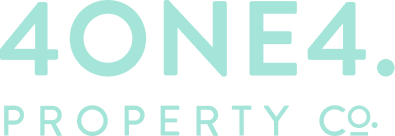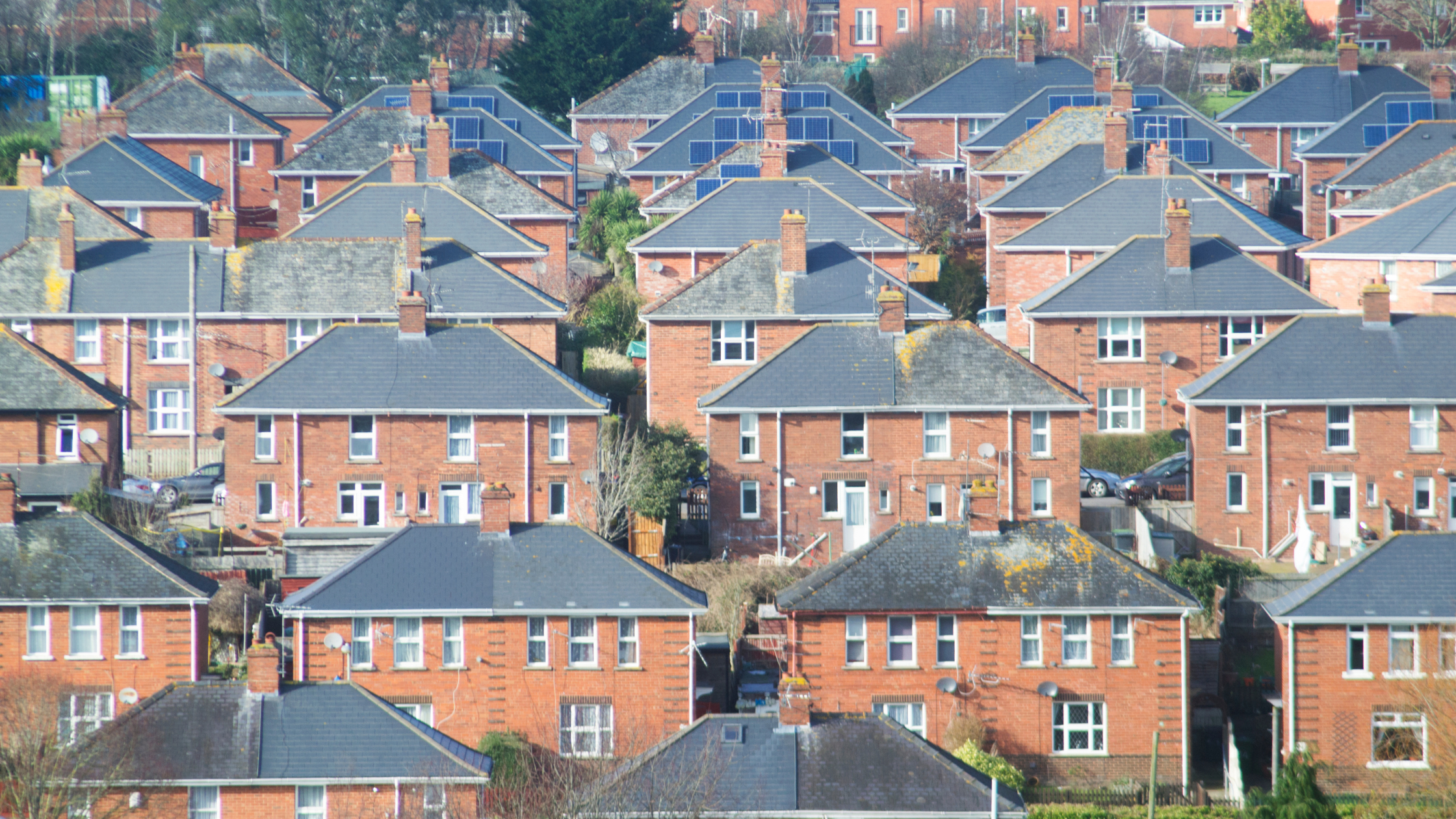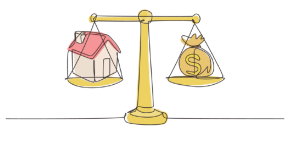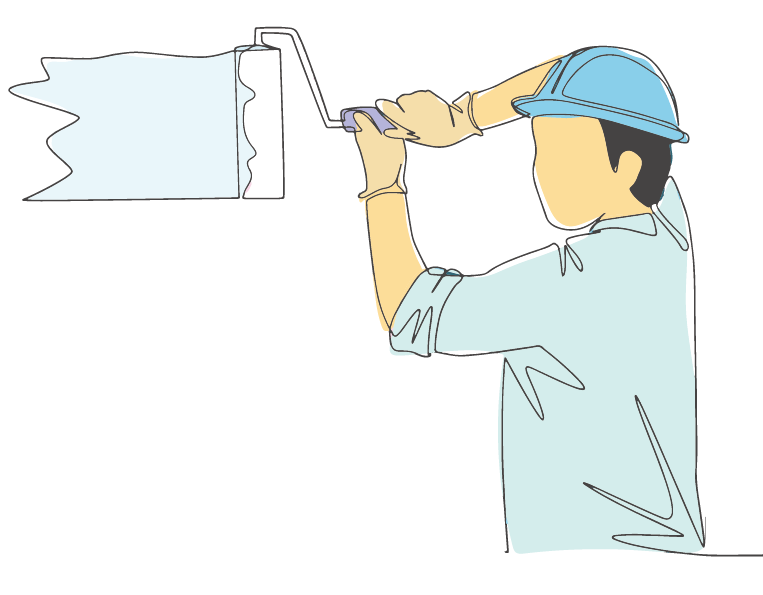Possibilities are limitless when looking for places to invest. Whether you’re a first-time or seasoned investor, there’s an investment platform that suits you. But regardless of your experience, so long as you have an ambitious mindset and you’ve got the “guts” to go after that passive income–be it stocks, bonds, exchange-traded funds, mutual funds, or you guess it, even real estate.
But in this blog, we’ll focus solely on the latter one.
A lot of aspiring investors want to try investing in real estate since many property blogs and podcasts have testified that a high chance of success and a massive return can be achieved if you land yourself a good property investment.

But just a bit of friendly unsolicited advice that we also know many have learned the hard way: before you take a leap and enter the property investing space, make sure you know how to distinguish a good property investment from a bad one. We think the best way to do that, is to be knowledgeable of the main methods for identifying your property’s potential and value.
To give you a clearer picture of this, below are some key metrics and indicators to ensure a ‘good return’ on your property investment.
Rental Yield
In Layman’s terms, rental yield is the amount of money you make from an investment property. It calculates your annual investment earnings as a percentage of the investment’s value. In essence, higher rental yields result in more cash flow.
Knowing a home’s rental yield helps you decide if it meets your investment objectives. It also gives you the option to achieve a higher return with a different property or by investing in a different location.
There are two different types of rental yield to take note of: (1) Gross Yield and (2) Net Yield. The most used calculation for quickly finding out how a market is performing is through identifying the gross yield. It is calculated through annual rental income and property value. Yet, it is worth noting that because it ignores personal spending, it can be an inaccurate metric of measurement.
Net yield, on the other hand, considers all costs linked with the property. This enables a far more precise calculation that takes into account additional elements and all costs associated with maintaining and operating a property including but not limited to repairs and maintenance, strata levies, council rates, property management and advertising fees, insurance, and depreciation.
Gross yield can be calculated by dividing the annual rental income by the property value and then multiplying the result by 100. For the net yield, you need to subtract all your expenses from the annual rental income, then divide the result by the property value, and multiply that figure by 100.
Return on Investment (ROI)
Return on Investment (ROI) is a metric used to compare an investment’s return (gross income) to its costs (i.e., the purchase price plus any additional costs).
When assessing and contrasting potential real estate investments, calculating the ROI must always come first. The information needed to compute the ROI is frequently readily accessible and provides a first assessment of a project’s profitability.
The variables needed to compute the ROI of a property includes the purchase price comprising the side costs like legal fees, agent fees, stamp duties, and the like, along with the annual return on the investment such as the rental income. You just need to divide both variables and then multiply by 100 to get the ROI.
Whilst the ROI is a relatively versatile metric, it has drawbacks too. It does not take into account any financing possibilities or the investor’s regular investing costs which the other metrics below cover.
Capitalisation Rate (Cap Rate)
One of the most famous investment metrics, capitalisation rate (cap rate) refers to the ratio that represents the anticipated yield over the course of a year–assuming an all-cash purchase.
The best way to assess the performance of comparable properties in the same market is to utilise the cap rate. As a standalone metric, the cap rate does not take into account a mortgage, the time value of money, or the potential future cash flow of your property, hence it should be used in conjunction with longer-term metrics like the Internal Rate of Return (IRR).
In general, the typical range for prevailing cap rates is 4% to 10%. A market with greater real estate prices and/or lower rents can be indicated by a lower cap rate. The capitalisation rate can be calculated by dividing the Net Operating Income (NOI) from the property value and then multiplying the quotient by 100. (To determine the NOI, operating costs are subtracted from the gross income)
A lot of investors purchase real estate with the goal of raising its NOI, either by boosting revenue, cutting costs, or doing both. The building’s value can be forced up as a result, increasing the investor’s opportunity for appreciation when they sell the property.
Cash-on-Cash Return (CoC)
The cash-on-cash return (CoC), which is calculated using cash flow, is the percentage return on the cash you invest in a property. The money needed to purchase the property typically consists of the down payment, closing charges, and any initial repair or renovation expenses.
The majority of real estate investors won’t have enough money to buy the home outright. Instead, they finance the purchase of a property through mortgage loans. The actual money needed by an investor may be different from the total sum needed to buy the property.
In contrast to the cap rate, which excludes debt service, the CoC return can be applied if financing is available and focuses only on the money put down as a down payment. The CoC return and the cap rate will be equal in the absence of financing.
Investors can fine-tune their investing approach in a number of ways to increase the CoC return. A simple approach to leverage your money is to finance a house. You will have less money upfront, but you will have to pay a mortgage payment that includes interest.
Cash-on-Cash Return can be calculated by dividing the cash flow by the initial cash investment and multiplying by 100 to get the percentage.
Those are just some of the many metrics you can use to assess and keep track of your financial goals as far as property investment is concerned. When you decide to purchase or sell a property for investment purposes, it is important to make an informed decision. After all, investors do invest to generate income.
Hence, you should know when a property is doing and not doing well. If you are knowledgeable about this, you can take matters into your own hands by making changes and adapting to the ever-changing market, should the situation tell you to do so.

If you’re wondering how you can use these metrics to start or expand your portfolio, feel free to reach us for a property investing consultation. You may directly contact our Business Development Manager (BDM), Joanne Strange, who can willingly assist you from point A to B.


























